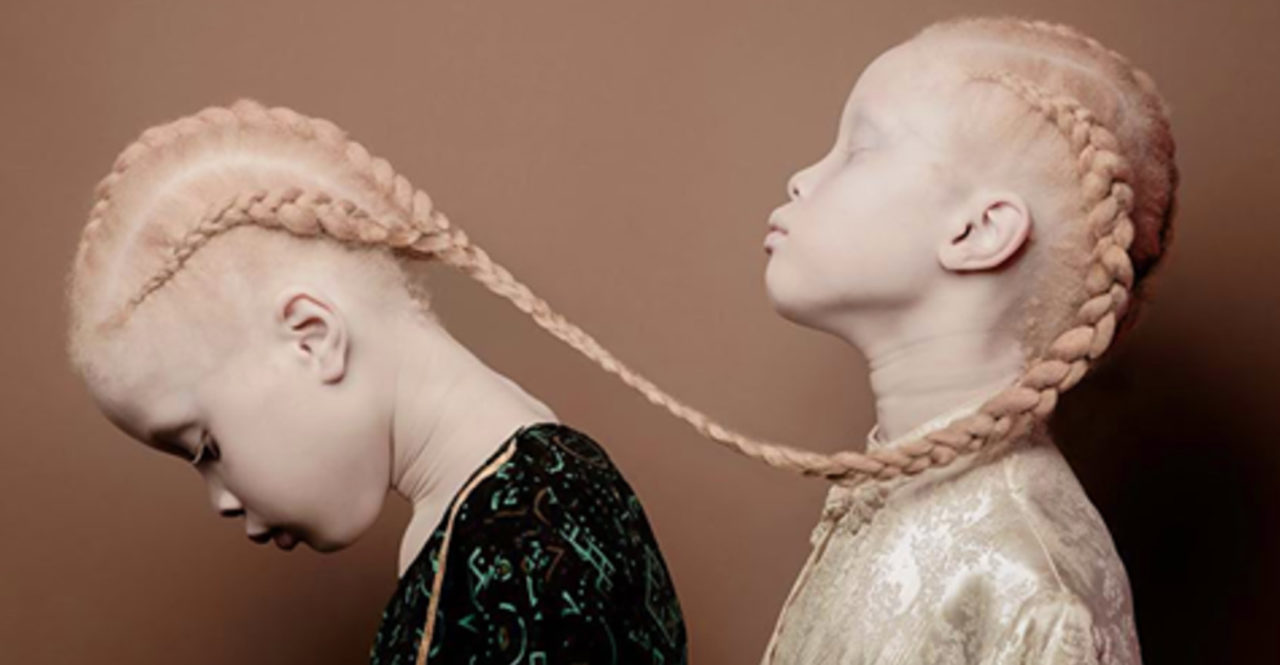Beyond the Surface: Normalizing Albinism in Society
As we grow up, we often find ourselves gazing at people who appear different from us, sometimes in a way that catches their attention. I vividly remember such an encounter from my childhood. At the age of five, during a visit to my grandmother’s house, her sister, whom I had never met before, joined us. It was evident that she stood out within our family, as she possessed a significantly lighter complexion compared to the rest of us. I couldn’t help but wonder about this disparity. During dinner, I found myself sitting next to her, unable to take my eyes off her, unaware that she was also observing me with her lazy eyes, she noticed my curious stare, she chuckled and asked if I was okay. After a moment of hesitation, I blurted out, “Why are you so White?” Amused, she replied, “Because I’m a whitey.” From then on, I affectionately called her “Whitey, Whitey” until my mother later explained that individuals like my grandmother were referred to as “Albinos.” This was my first encounter with Albinism.

What is Albinism
As I grew older, I learned that Albinism is an inherited condition characterized by very light skin, hair, and eyes due to a decreased amount of melanin in the body. Melanin is responsible for the color of our skin, hair, and eyes. Aside from potential vision issues, most people with albinism are as healthy as anyone else. As a society, we have a responsibility to normalize and celebrate diversity in all its forms, including albinism. By raising awareness and promoting understanding of this condition, we can help combat stigma and discrimination that individuals with albinism may face. It is crucial to recognize that people with albinism are just as capable, talented, and deserving of respect as anyone else.
How can we normalize Albinism?
One way to promote the normalization of albinism is through education. By providing accurate information about the condition, we can help dispel myths and misconceptions that contribute to negative attitudes towards individuals with albinism. It is for this reason that CEDAR-COM is running a one-month Health Campaign this month of June where we create awareness about Albinism. In addition to education, representation also plays a key role in normalizing albinism. By showcasing individuals with albinism in media, advertising, and other forms of popular culture, we can help challenge traditional beauty standards and promote a more inclusive definition of beauty. Are you ready to challenge the traditional beauty standards?
“Normalizing albinism means recognizing and celebrating the diversity of Beauty in all its form”
Photo Credits: Google
By CEDAR-COM


This is impressive. Raising awarenesses greatly sensitises the population thus minimizing the stigma that comes with uncommon conditions. Well done to the whole CEDAR-COM team.
Thanks for your contribution.
This is beautiful one CEDAR-COM. It is indeed crucial to recognize that people with albinism are just as capable, talented, and deserving of respect as anyone else.
We need to fight the atogma & discrimination faced by persons with albinism.
Thanks for your contribution.